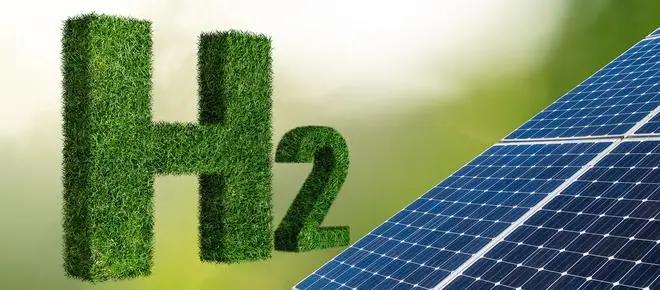
Scientists Adithyan TR, Prof Sreeram K Kalpathy and Prof Tiju Thomas of the Department of Metallurgical and Materials Engineering, Indian Institute of Technology (IIT), Madras, have designed and evaluated a tilt-roll two-axis tracking heliostat (solar concentrator) that is economically viable for small-scale applications.
In this heliostat, the design eliminates the need for a commercially available solar tracking system, so it can be deployed in areas with limited installation space. The solar positioning system is capable of operating independently, without the need for a powerful microcontroller or microprocessor.
“The combination of the tilt-roll dual-axis tracking system achieves a heliostat design that could be easily deployed for small-scale usage and experimental purposes in households and academia,” says an article in IIT-M Tech-Talk.
“The results have been demonstrated on a rooftop at IIT-Madras. The heliostat prototype could reflect the sun’s radiation to the desired target. The dual-axis heliostat design used here provides an effective way to track the sun’s movement for maximum solar energy capture by combining tilt and roll mechanisms,” the article says.
Future work will focus on developing and testing advanced heliostat drive devices, such as heliostat with induction motors, and linear drives to reduce operation power losses. Future work may also focus on making the system robust under dynamic wind-loading conditions.
Dr Ajay Chandak, an innovator, developer and entrepreneur in sustainability and a global advisor of Solar Cookers International (SCI), says in the article that the use of heliostats for power generation is obsolete due to the low cost of solar PV.
However, such smaller heliostats can be useful in solar thermal applications.

Scientists at the Centre for Nano and Soft Matter Sciences (CeNS), Bengaluru, have developed a next-generation device that produces green hydrogen by splitting water molecules using only solar energy and earth-abundant materials, without relying on fossil fuels or other expensive resources.
The team designed a silicon-based photoanode using an innovative n-i-p heterojunction architecture, consisting of stacked n-type titanium dioxide, intrinsic (undoped) silicon and p-type nickel oxide semiconductor layers, which work together to enhance charge separation and transport efficiency. The materials were deposited using magnetron sputtering, a scalable and industry-ready technique that ensures precision and efficiency. This engineering approach allowed better light absorption, faster charge transport and reduced recombination loss — key ingredients for efficient solar-to-hydrogen conversion.
“The device is highly effective at generating hydrogen under solar energy,” says a press release. It also showcases “exceptional long-term stability, operating continuously for over 10 hours in alkaline conditions with only a 4 per cent performance drop, a rare feat in Si-based photoelectrochemical systems,” the release says.
This new device is attractive for several reasons, including high efficiency, low energy input, robust durability and cost-effective materials, all in one package. It even demonstrated successful performance at a large scale, with a 25 sq cm photoanode delivering excellent solar water-splitting results.
“By selecting smart materials and combining them into a heterostructure, we have created a device that not only boosts performance but can also be produced on a large scale,” says Dr Ashutosh Singh, who led the research. “This brings us one step closer to affordable, largescale solar-to-hydrogen energy systems,” Singh says in the release.
Published on June 29, 2025

Comments
Comments have to be in English, and in full sentences. They cannot be abusive or personal. Please abide by our community guidelines for posting your comments.
We have migrated to a new commenting platform. If you are already a registered user of TheHindu Businessline and logged in, you may continue to engage with our articles. If you do not have an account please register and login to post comments. Users can access their older comments by logging into their accounts on Vuukle.